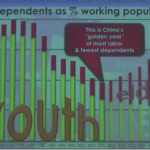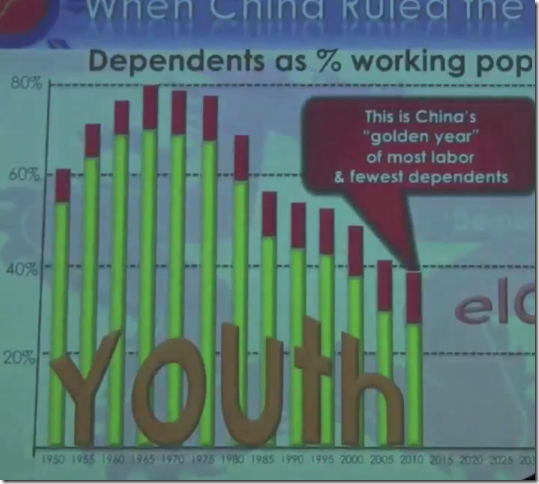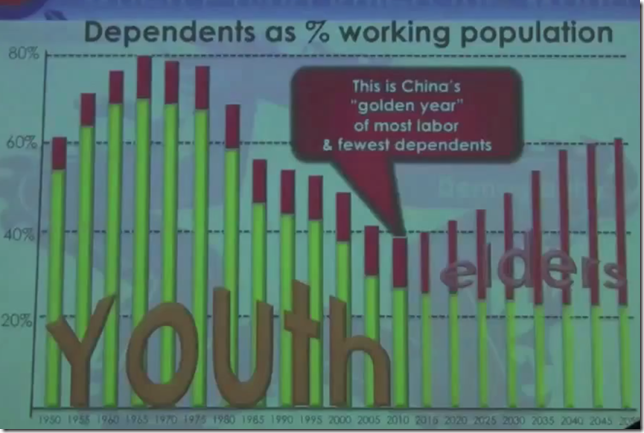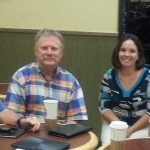The night before going to bed, I envision myself waking up and going on a 3 mile jog. Â How great will that feel? Â Finally getting in shape. Â I set the alarm for 6AM. Â That will give me an hour to get up, get going, and complete the 3 mile circuit that is in the heart of my subdivision. Â With that empowering thought that the next morning will be the start of something great, I slip in to bed, and fall asleep.
The next morning the “BEEP BEEP BEEP” of the alarm clock jolts me awake. Â I look at the time. Â SIX O’CLOCK!!! Â What was I thinking?!!??!! Â An hour of sleep will do me soooo much more good than getting up and exercising. Â I turn off the alarm, reset it for 7, and then go back to sleep.
I would love to tell you that this has happened only once.  I would love to report that one of these two thoughts has won out… that there is no difference between my evening self and my morning self.  But the truth is that there has been a continual struggle between my evening  & morning selves for how to spend the hour at 6AM.  In reality I am not getting the rest nor the exercise that either self would like.  It would be far better to just decide to sleep in and be done with it.  OR to have the discipline to get out of bed and go for a jog like my evening self would like.  Buy in the evenings I am filled with hope and enthusiasm.  And in the morning, I am not inclined to get up early.
Today, I think I have figured a way out of this cycle. Â It is by combing this problem with another problem I have.
Let me tell you about my other “problem”. Â It started during Thanksgiving week when my family and I drove to Ft. Davis in west Texas. Â To entertain ourselves on the way there we got John Grisham’s “The Litigators” on CD. Â We were enthralled and the miles slipped by. Â On the way back we purchased The Racketeer which we were not able to finish on the trip. Â In an attempt to finish this audio book, I wasted a lot of time lounging around the house looking for ways to look busy and have the time to listen to the book. Â I would listen in the car, and would find myself missing turns, and dragging out trips to get through one more chapter. Â I finally finished this audiobook. Â On a recent trip to the library my wife picked up “The Associate” on audio book. Â And now I am in the same problem. Â Looking for any excuse to be doing something while listening to the audio book.
I had the idea of combining running and listening to the audio book. Â It is OK to listen as long as I am exercising. Â This morning around 10 AM I went on that 3 mile jog. Â I didn’t even think to much about me exercising. Â And now I think I have the solution for the 6 AM problem tomorrow morning. Â I’m going to call it the Exercise Excuse Combo.
This is the idea of combining my need for an excuse to listen to an audio book while also using that time to do exercise. Â I’ll let you know how it works out.





